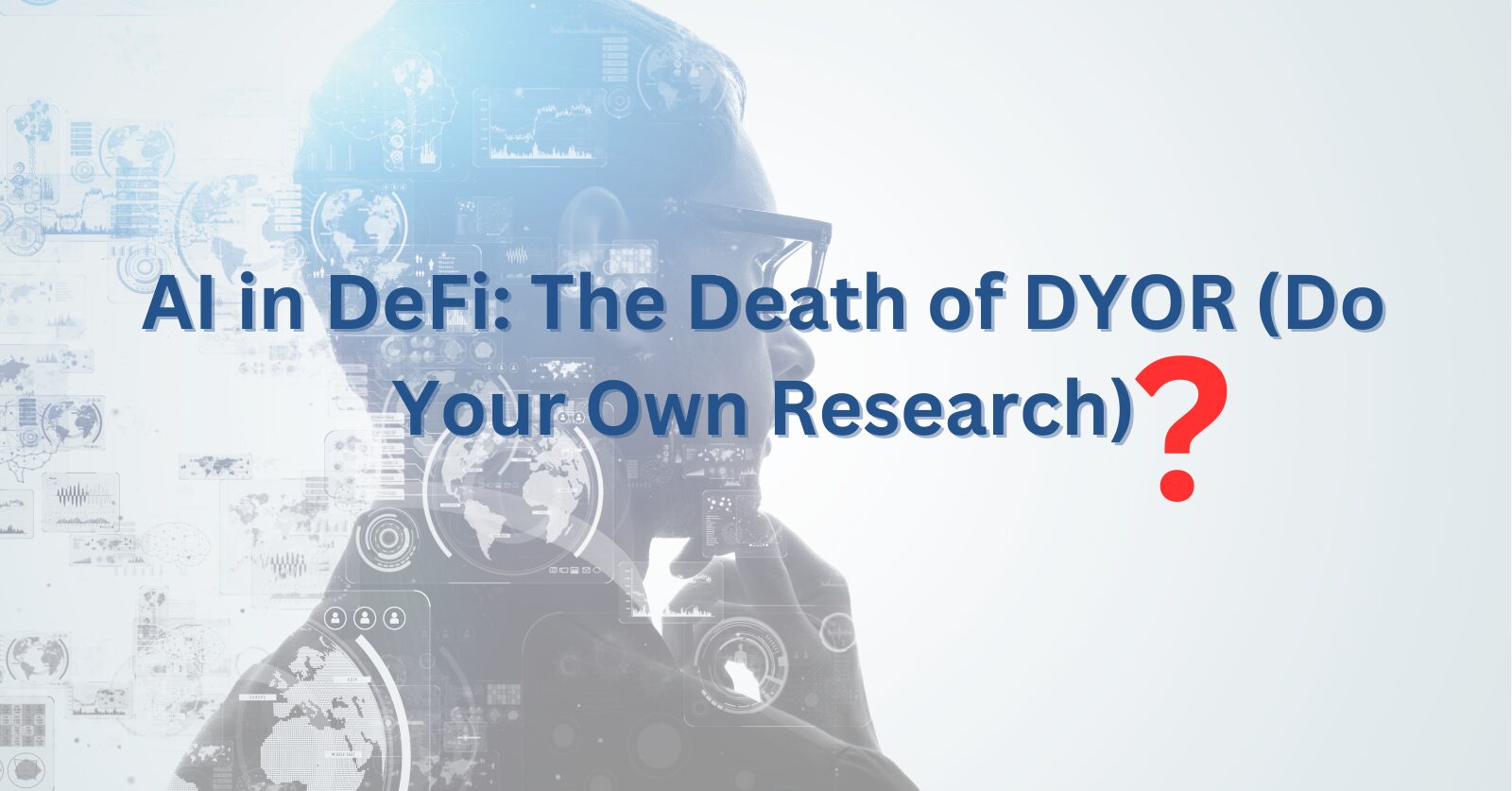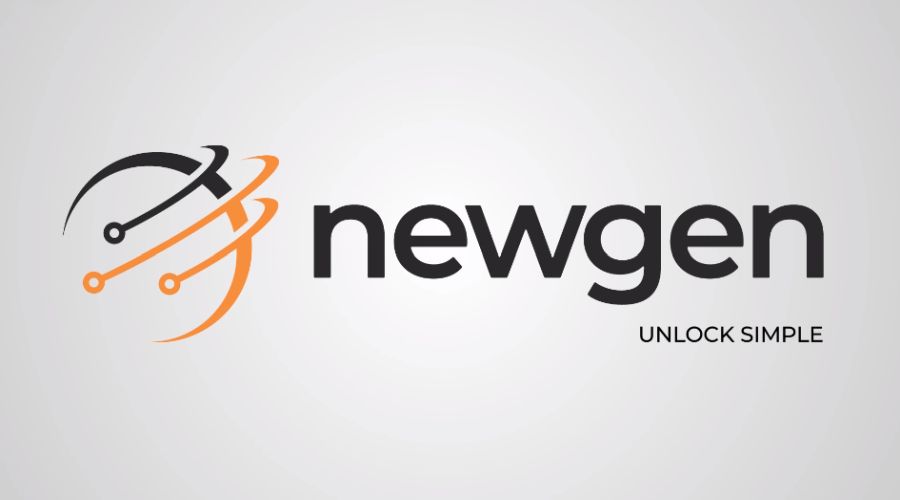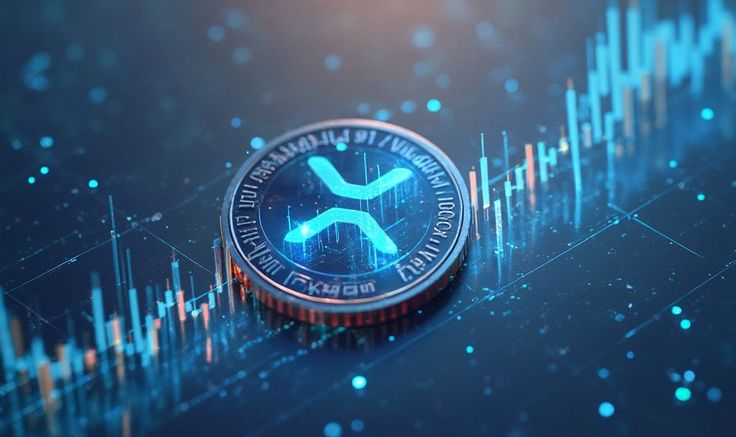It is a tradition in crypto to always do your research before making a decision. This is because aside from the volatility that comes with trading a hyped coin, many projects have rug pulled, and folded up, and many scams did come with some projects in the past and present, leaving crypto enthusiasts with almost nothing for their hard work or savings.
With the introduction, adoption, and application of artificial intelligence (AI) agents in decentralized finance, the DO YOUR OWN RESEARCH (DYOR) culture might be fading away sooner than you think.
AI agents are not acting as personal AI assistants helping users to strategically navigate volatile markets. Unlike the traditional method which requires you to analyze smart contracts, manually audit project teams, analyze and assess tokenomics.
For instance, AI- AI-intelligence platforms such as Nansen, Messari, and Arkham, provide you with real-time data and insight into market events, movements, and on-chain data, that significantly reduce the manual research process.
Additionally, trading bots like Autonolas and fetch.ai have been implemented by decentralized trading platforms to simplify trading and investment, by making decisions based on machine learning models.
Now that artificial intelligence does the hard work for traders and investors, does it mean the end for DYOR (DO YOUR OWN RESEARCH)?
Let’s have a look at some information
The need for DYOR
Decentralized Finance (DeFi) platforms has grown significantly over the years, changing the finance sector by offering alternatives to traditional banking services.
In January 2024, the Total Value Locked (TVL) in the DeFi platform was approximately 55.95 billion and currently stands at $91.38 billion which has grown 5 times from July 2020.
This growth shows the rapid adoption, expansion and use within the cryptocurrency space. However, this growth comes with its challenges. These challenges include fraud, rug pull, scams, collapse of big crypto and DeFi companies.
According to Chainalysis, the year 2024 recorded $51.3 billion in total cryptocurrency fraud events which was higher than the year 2023 which was about $24.2 billion. The total of crimes and fraud in the DeFi and cryptocurrency sectors from the year 2020 to 2024 is $189.2 billion in total.
The famous Bitconnect scheme which defrauded investors of over $2.4 billion and the collapse of FTX highlighted the dangers of inadequate research and diligence. These challenges are what necessitated the traditional user research process.
Traditional research process in the cryptocurrency and DeFi world is a culture for traders and investors. This essential practice allows users of these platforms to carry out in-depth research on which coin to buy, what time is best to sell a coin, make informed decisions about blockchain projects, check out the tokenomics of a project and if they should hold a coin or not.
Is AI Agents changing the DYOR process
DeFi is going through a transformation AI-powered technologies such as risk assessment, automated trading, and data analysis are shaping the future of investment and analysis in the sector.
These innovations change the approach undertaken by investors and analysts when doing research in the DeFi world. Here are some tools that are bringing about this change:
AI-Powered Tools for Data Analysis
- Nansen (On-Chain Insights): Nansen specializes in the use of AI to analyze blockchain data for its clients. It provides instant insights on wallet address token movements; token inflows and outflows and other crucial elements. By monitoring major inward flows of funds and looking for trends, Nansen helps investors base their actions on intelligent on-chain information. This minimizes guesswork and fosters evidence-based decision-making powered by Nansen’s blockchain intelligence analysis.
- Messari (Market Intelligence): Messari features an AI toolkit that provides sophisticated crypto research alongside daily market analysis and analytics. It helps users maneuver around the nuanced crypto landscape by giving details and information along with their understanding and planning capabilities in the market.
- Arkham Intelligence (Whale Tracking): For the crypto domain, Arkham applies AI software to watch and study the actions of big Bitcoin and cryptocurrency owners known as “whales.” Following certain important trades and wallets, Arkham enables crypto traders to grasp the market’s behavior and how particular asset values can affect it.
AI-Driven Trading and Automation
- Autonolas: As a provider of multi-chain AI services, Autonolas blends AI services with decentralized AI protocols to build autonomous agents that can execute intricate trading strategies. These agents are able to access on-chain and off-chain information to partake in tasks like liquidity management and arbitrage, which further improve trading execution.
- Fetch.AI: The AI company partnered with Fetch.ai works with and integrates AI and blockchain technologies on autonomous trading solutions. Their platform allows the designing of AI agents who not only trade but also optimize the liquidity and respond to the market automatically selling and buying, making trading efficient and automated.
Case Studies of AI use in DeFI
The advancement of Artificial Intelligence (AI) has propelled new developments within Decentralized Finance (DeFi) by constantly improving its risk management, trading tactics, and governance.
Here are three notable examples of AI’s application in the DeFi space:
- Aave’s AI-Driven Risk Management
Aave is one of the foremost, DeFi lending protocols that has implemented integrated AI to improve its risk adjustments and optimize loan collateralization requirements. Using AI, Aave can now automate collateralization ratio adjustments relative to market conditions in real time.
This significantly lowers the risk of borrower liquidations, while ensuring that the platform remains stable. Such an approach enables responsive and effective management of lending protocols which increases the security of the entire platform while fostering user confidence.
- Uniswap’s AI-Enhanced Fraud Prevention Scheme
As a frontrunner in decentralized exchanges, Uniswap has integrated an algorithm integrating AI technologies to monitor transactions on their platform to spot and terminate any act of fraud. These systems aid in preserving a safe trading atmosphere for users by observing trading habits and spotting irregularities.
This form of fraud prevention is better than the standard techniques since it also protects the users’ identities and assistance aids in boosting the overall security and reliability quotient of the platform further.
- Terra’s Algorithmic Stablecoin Challange
An internally algorithmic stablecoin called UST used to power the Terra Ecosystem leveraged an AI-based approach to maintaining its value in line with the US dollar. However, these AI systems proved unable to deal with extreme levels of market volatility which resulted in the loss of the stablecoin’s value and caused massive financial damage to investors.
This illustrates the need for effective and flexible AI technology on DeFi tools because while it’s evident that AI will improve efficiency, it’s just as critical for it to serve the purpose of averting systemic breakdowns.
Conclusion
AI is revolutionizing scientific research and risk management in DeFi by automating processes such as Do Your Own Research (DYOR) using Nansen’s on-chain analytics and Fetch.ai’s automated trading. This allows for increased accuracy as well as efficiency, which is beneficial to investors.
Such systems, however, do not absolve the need for human input. The risk mitigation response of AI is only as good as the human interpretation that comes with it and the collapse of FTX, just like the failure of Terra, is proof of that. Being highly dependent on AI also means that the decision-making process becomes too centralized which is of concern in DeFi.
That said, AI’s role in DeFi is to change, not completely take over, DYOR. The technology will offer more while also necessitating that users exercise independent thought. With advancements in AI comes the responsibility of investors to ensure that there exists a balance between AI-driven and traditional analysis for optimum navigation across the space.






